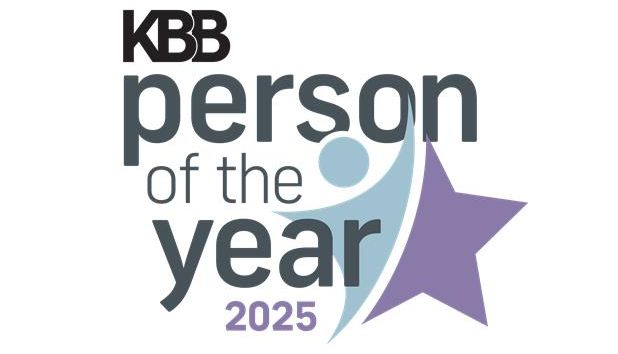The need for greater public awareness and education regarding the impact of building design is the focus of a new study, “The Drive Toward Healthier Buildings: The Market Drivers and Impact of Building Design and Construction on Occupant Health, Well-Being and Productivity,” by McGraw Hill Construction.
According to the study, nearly two-thirds of homeowners believe the products and practices they use in their homes affect their health. Yet for more homeowners, energy savings and aesthetics come before the effect of buildings on their health when they make design and construction decisions.
In fact, architects and designers (63 percent) currently consider the impact of buildings on occupants’ health more important to incorporate into their design than do building owners. Over the next two years, health is expected to become more consequential in each group’s decisions.
“There is a fundamental connection between our health and the design of places where we live, work, play and heal,” said Randy Fiser, executive vice president of the American Society of Interior Designers (ASID). “This research, which ASID helped to fund, indicates that designers and architects can encourage the adoption of healthy design practices and products by making the benefits clear and measurable to building owners.”
The study found that home and facility owners need more comprehensive data to support investments in healthier building practices and products.
“The research in this report shows that interior designers and architects are leading other players in the focus they are putting on health in their work planned over the next few years,” said Harvey Bernstein, vice president of Industry Insights & Alliances at McGraw Hill Construction. “However, they need these drivers to help their designs come to fruition.”
Residential designers most often turn to material provided by product manufacturers for data about the connection between health and homes. Those same designers use data provided by associations at the second-highest rate. By contrast, architects and designers cite television as the top source from which the general public learns about healthy design. They list consumer magazines next at 66 percent and product labels third at 30 percent.
Each source possesses its own challenges in reaching the general public. To overcome those deficits, ASID Research will expand knowledge about the impact of design on health and wellness, while the society disseminates the information through its continuing education program, website and conferences.









